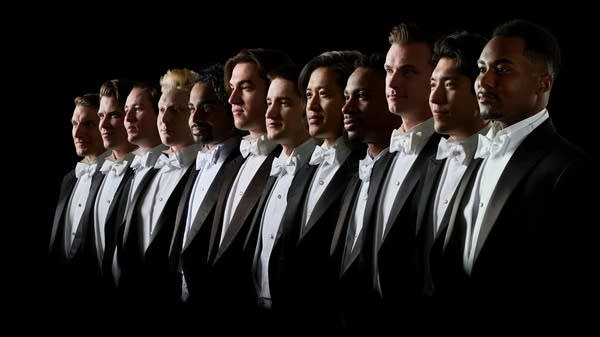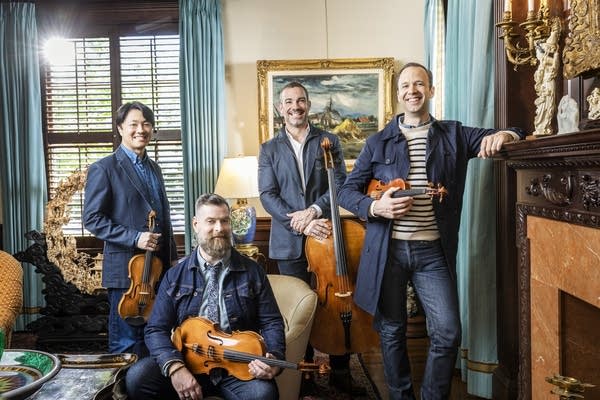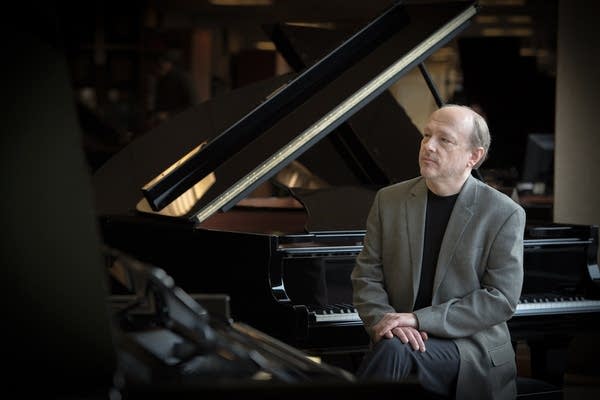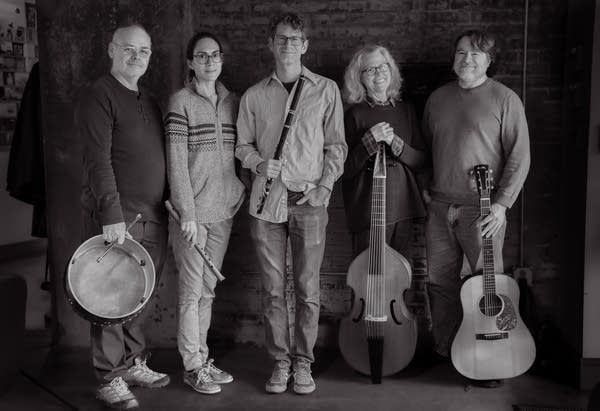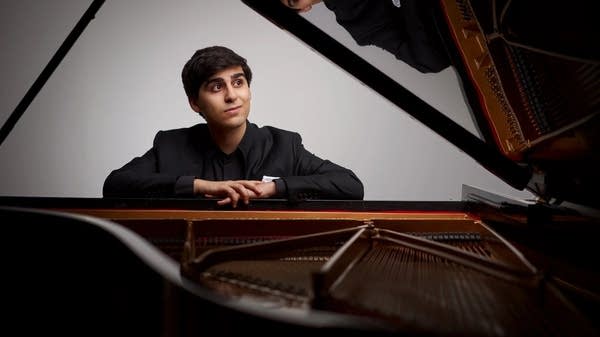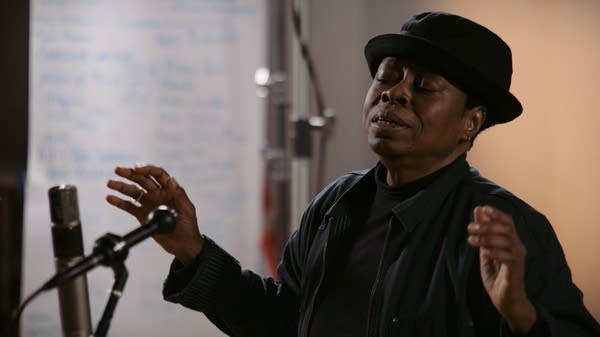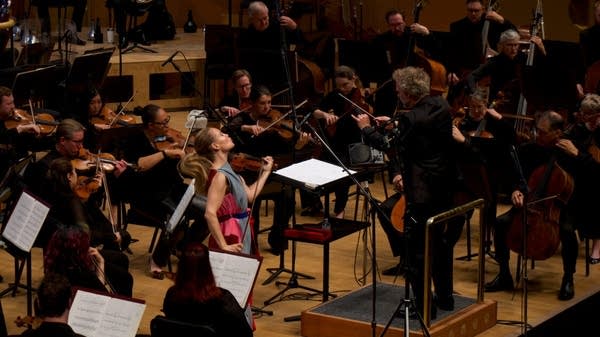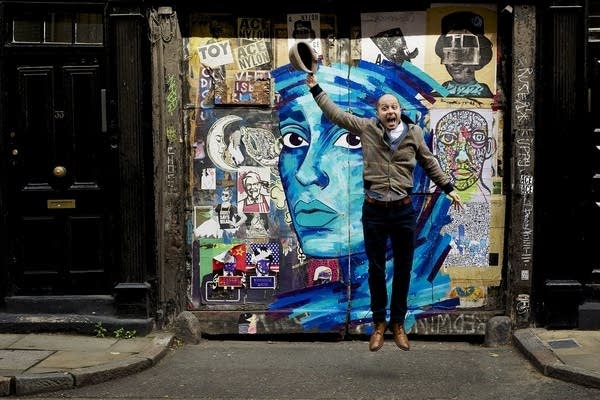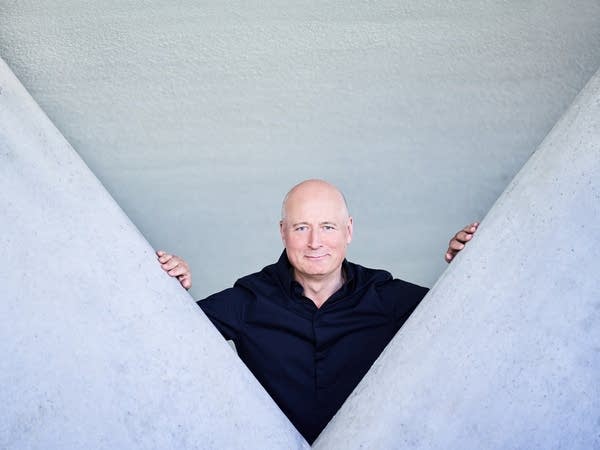Louis Langrée/Cincinnati Symphony Orchestra — Transatlantic (Fanfare Cincinnati)
"There are so many bridges, which are so important in the history of art, in the history of the world."
Louis Langrée is the music director of the Cincinnati Symphony Orchestra, which has a history of building bridges and transcending musical borders.
Your new recording with the Cincinnati Symphony Orchestra is titled Transatlantic, and it highlights not one, but two versions of George Gershwin's An American in Paris. You, however, are a Parisian in America. I'm curious how that may have influenced the music that you chose for this recording and this project.
"So, we have An American in Paris. We have a Frenchman going to America — Varèse's Amériques — and we have Stravinsky, who wrote the two first movements of his Symphony in C in France and the two last in the United States. Certainly, you can feel the difference of vibes, the difference of energy, even the difference of structure of the piece."
You have two world premiere recordings on this Transatlantic 2-CD album. One is the original, unabridged version of An American in Paris. The other is the standard abridged version.
"I think it's a wonderful opportunity for anyone who loves Gershwin's music to be aware of these cut bars and to listen to them. The other very important differences from the traditional and the printed version was An American in Paris with the arrangement of Frank Campbell-Watson, who arranged the piece and re-orchestrated some passages after Gershwin's death.
"For instance, Campbell-Watson added slurs on some passages, which give a very lush expression. For instance, this motif, which comes many, many times [sings legato melody] is, of course, legato lush, but this is not from Gershwin. Gershwin wrote [sings syncopated melody] with this syncopation. And, then, you can feel the rhythmical life.
"I think the original version is even more impressive because it has this green precision and, sometimes, almost acidity, which is absolutely wonderful. And it's probably the difference between a Hollywood sound and a New York sound.
"There is also this famous — and probably the most noticeable — one, which is the pitch of the taxi horns. And, I think, when you have this weird dissonance going from very high to very low, it's just more enjoyable. Is it weird? Yes. But I think Gershwin wanted it to sound like that.
"It's like restoring a painting. Is it a completely different piece? No. But, suddenly, after the restoration, you're aware of little details, which actually give a totally different impression."
To hear the rest of my conversation, click on the extended interview above, or download the extended podcast on iTunes or wherever you get your podcasts.
You must be 13 or older to submit any information to American Public Media. The personally identifying information you provide will not be sold, shared, or used for purposes other than to communicate with you about things like our programs, products and services. See Terms of Use and Privacy. This giveaway is subject to the Official Giveaway Rules.
Resources
Louis Langrée/Cincinnati Symphony Orchestra — Transatlantic (Amazon)
Love the music?
Show your support by making a gift to YourClassical.
Each day, we’re here for you with thoughtful streams that set the tone for your day – not to mention the stories and programs that inspire you to new discovery and help you explore the music you love.
YourClassical is available for free, because we are listener-supported public media. Take a moment to make your gift today.
Your Donation
About New Classical Tracks®
Host Julie Amacher provides an in-depth exploration of a new classical music release each week.
Subscribe on Apple Podcasts, TuneIn, Radio Public, or RSS.


